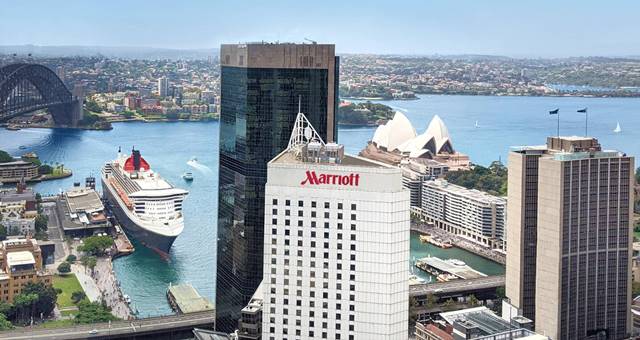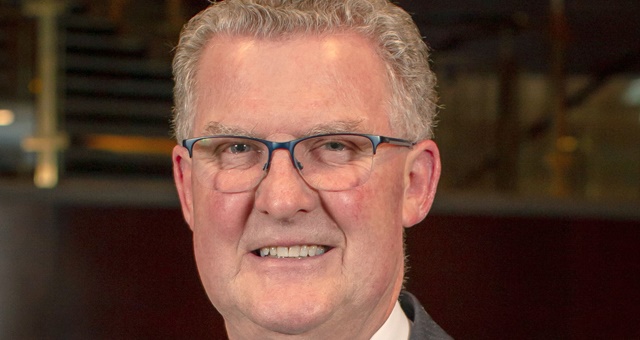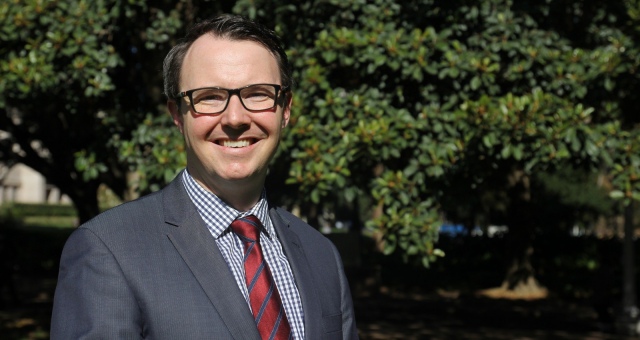The two leading associations for the hospitality and tourism sector in Australia have welcomed the new financial assistance package put forward this week by the NSW Government in response to the current lockdown, saying that while appreciated, more needs to be done for city hotels.
The current strict stay-at-home orders covering Greater Sydney, Blue Mountains, Central Coast and Wollongong until 11:59pm on July 9 comes at the worst possible time for many hoteliers eagerly looking forward to a strong July school holiday period, said TAA National CEO, Michael Johnson.
“There are 45,000 hotel rooms in Greater Sydney and all these hotels have reported losses of all forward bookings to August,” Johnson said.
The latest government assistance package in response to the lockdowns offered businesses with turnover reductions of 30%, 50% or 70% a one-off cash injection of up to AUD$10,000, with applications for funding due to open in mid-July. Payroll tax and gaming room tax deferrals were also offered as a measure of respite for businesses facing an impromptu wipe-clean of booking sheets.
Johnson said city hotels were again forced to bear the brunt of the impact of forced cancellations with more assistance from government needed to prevent many from inching closer to the wall.
“Sydney hotels were looking at about 50% occupancy into the holiday period and now many are operating at less than 2%.
“These hotels have been suffering for 15 months and need support for the cancellations they have received so they can continue to pay staff and ongoing costs,” Johnson added.
Accommodation Association CEO, Dean Long, said urgent support was needed to ensure hotels could keep the doors open and continue paying staff.
“The NSW Government’s support package is obviously welcome news for hotels outside metropolitan Sydney who will now be hit with school holiday cancellations but it’s the Sydney hotels, including the larger ones, who most need help and need it now.”
“We’ll continue to engage with Government to ensure our sector and members emerge on the other side of COVID.”



